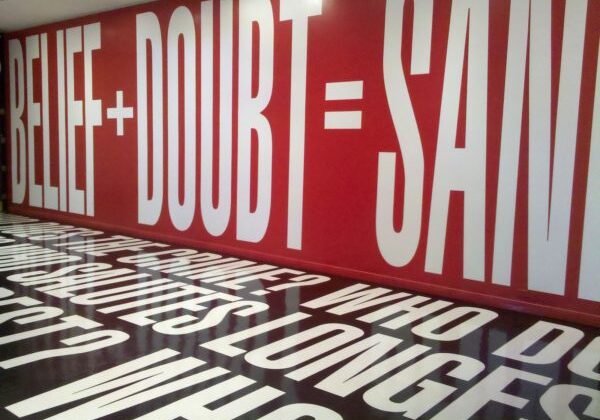Color psychology is the study of hues as a determinant of human behavior. Colors can cause certain emotional reactions, and even influence perceptions that are not necessarily conscious. Color psychology is used all around us, taking its cues from nature, and should be considered in marketing and branding. The following are just some common color associations.
- Blue – calm, tranquil, refreshing, stable, responsible, peaceful, relaxing, sad
- Green – environmental, healthy, lucky, growth, finances, harmony, soothing, renewal
- Purple – royal, luxurious, intriguing, magical, mysterious, military honor, wealth, spiritual
- Red – passionate, high energy, love, warmth, fire, war, anger, danger, confidence
- Orange – young, affordable, vitality, friendly, humorous, seasonal
- Yellow – energizing, happy, caution, youthful, playful, cheerful, friendly
- Pink – fun, feminine, upbeat, sweet, delicate, romantic, peaceful
- Gray – neutral, professional, efficient, formal, corporate
- Black – luxurious, powerful, formal, elegant, darkness, mysterious, sexual, creepy
- White – clean, pure, blank, simple, honorable, peaceful, bland, cold, young
- Brown – reliable, old-fashioned, earthy, masculine, natural, dependable, warm

The Importance of a Social Media Presence
Social media has become an integral part of our lives, with billions of people across the globe using these platforms to connect, engage, and share content. For businesses, social media provides a powerful opportunity to build brand awareness, connect with customers, and drive growth. In today’s competitive marketplace, having a social media presence is no…

Why Colors Matter
Choosing the right colors for your brand is a crucial step in building a strong and effective visual identity. While color preference is subjective, certain colors are associated with specific traits or emotions that can influence how your brand is perceived by your target audiences. Understanding color psychology and its impact on branding can help…

The Future of Branding: How Technology is Shaping the Industry
Executive Summary As we move further into the digital age, technology continues to revolutionize the branding landscape. This white paper will examine the key technological developments shaping the future of branding and discuss how businesses can leverage these advancements to create stronger brand identities, enhance customer experiences, and maintain a competitive edge. Topics covered include…

Flexible vs. Fixed Agency Pricing
Understanding the Key Advantages of Selecting a Digital Agency with Flexible Pricing vs. a Traditional Agency with Fixed Pricing. When it comes to selecting an agency meant to augment a marketing team or department, it’s critical to understand the limitations pricing models create or eliminate. Businesses must find an agency partner that understands their brand’s…

The Difference Between Graphic Art and Graphic Design
Graphic Art – the fine and applied art of representation, decoration, and writing or printing on flat surfaces together with the techniques and crafts associated with them. Essentially, a graphic artist may create art for the sake of art. They may want to convey a certain idea or story, or they may not. Graphic artists…

What is Typography?
Essentially, typography is the visual component of the written word. It is the technique, and art, of arranging letters in a way that makes the text legible, clear, and visually appealing to the reader. Typography involves the structure, size, weight, and style of the characters. It also considers the amount of space between the letters,…

How Good Branding Saves Your Company Money
Many businesses make the mistake of throwing money at marketing without thinking enough about their brand, as a whole. Paid media campaigns might garner attention, but they can’t necessarily retain it and convert as many customers without solid branding. A company with a consistent, strong perception amongst audiences will always outperform competitors with the same…

Avoid These 6 Branding Mistakes
In today’s highly competitive market, a strong brand presence is essential for any business to thrive. But building and maintaining a powerful brand is no easy feat. It requires careful attention to detail, strategic planning, and consistency. Unfortunately, many businesses falter by making critical branding and marketing mistakes that can hinder their long-term success. From…

